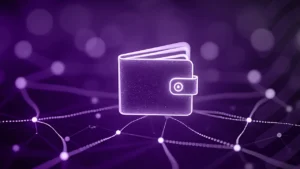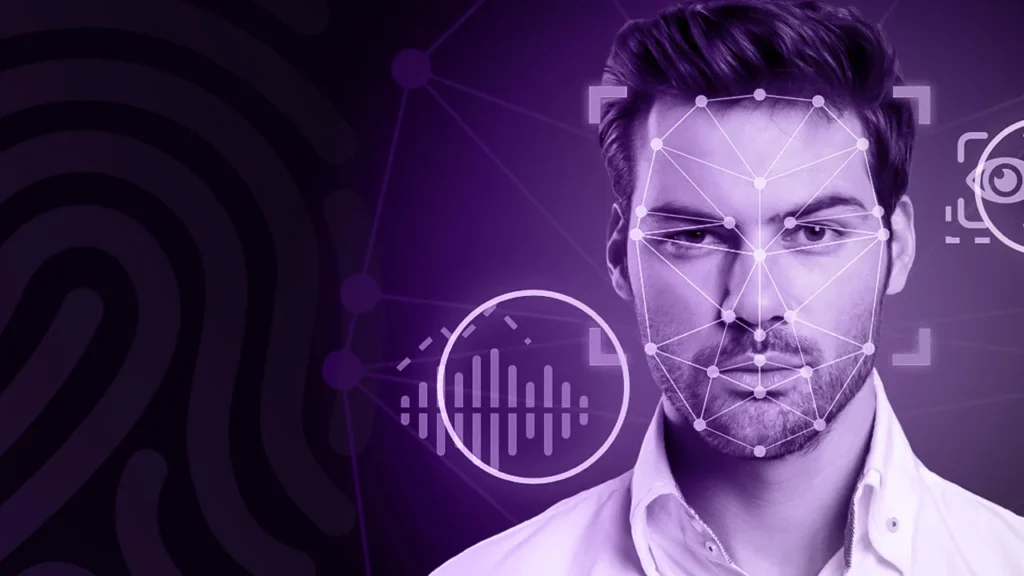Introduction: Identity in the Digital Era
In a world increasingly dependent on remote access and online services, digital identity verification is critical to secure onboarding, financial transactions, and user authentication. But as digital systems evolve, so do fraud tactics.
One of the most pressing challenges? Preventing impersonation using photos, videos, or deepfakes. That’s where liveness detection software comes into play acting as a security checkpoint to ensure that the person on the other side of the screen is real and physically present.
This article explains why liveness software is a must-have in digital verification processes and how it protects both organizations and users from sophisticated fraud.
What Is Liveness Detection?
Liveness detection refers to a process that determines whether the biometric input (usually a facial image) being captured is from a live person and not from a spoofed source l,ike:
- A printed photo
- A video replay
- A mask or 3D model
- A deepfake or manipulated image
Liveness detection is often integrated into biometric authentication systems, like facial recognition or selfie verification, to ensure authenticity.
There are two main types of liveness detection:
- Active liveness detection: Requires the user to act (e.g., blink, smile, move head).
- Passive liveness detection: Works in the background using AI to assess subtle facial movements and texture differences, with no user interaction required.
Why Liveness Detection Matters in Identity Verification
Without liveness checks, even the most advanced facial recognition system can be tricked. Here’s why integrating liveness detection software is critical:
1. Prevents Spoofing Attacks
Fraudsters often attempt to bypass systems using stolen photos, videos, or even 3D masks. Liveness detection identifies these spoofing attempts instantly.
2. Enables Secure Remote Onboarding
In sectors like fintech, healthtech, and e-commerce, businesses are onboarding users without in-person interaction. Liveness software ensures the applicant is real, present, and matches their ID.
3. Protects Against Deepfake Technology
AI-generated deepfakes are getting harder to spot with the human eye. Liveness algorithms detect inconsistencies in lighting, texture, and facial response — areas where deepfakes usually fall short.
4. Regulatory Compliance
Global data privacy and anti-fraud regulations like GDPR, FATF, and KYC/AML frameworks increasingly require secure biometric verification. Liveness checks are essential for compliance.
Use Cases for Liveness Detection Software
1. Financial Services & KYC
Banks, digital wallets, and crypto exchanges use liveness detection for secure eKYC during remote account openings.
2. Government Services & e-Voting
Digital IDs, visa applications, and online voting systems rely on liveness checks to validate users remotely.
3. Access Control & Smart Buildings
Workplaces and residential communities use facial recognition with liveness to prevent unauthorized access via photos or videos.
4. Online Exams & Remote Proctoring
EdTech platforms use liveness software to ensure the right student is present during exams.
Key Features to Look for in Liveness Detection Software
When evaluating liveness detection software, consider the following:
- Passive vs. active detection
- Device compatibility (mobile, web, SDK support)
- Speed and accuracy of detection
- False acceptance/rejection rate (FAR/FRR)
- Spoof detection depth (photo, video, 3D mask, deepfake resistance)
- Data privacy compliance (GDPR, CCPA, etc.)
Leading liveness detection platforms use AI, 3D depth sensing, and texture analysis to deliver robust, frictionless security.
Explore liveness-ready identity verification tools for your business here.
Benefits for Businesses and Users
| Benefit for Businesses | Benefit for Users |
| Reduced identity fraud | Faster verification |
| Lower onboarding cost | No need for in-person checks |
| Enhanced trust and compliance | Peace of mind |
| Scalable digital workflows | More control over personal data |
By adding liveness detection software, companies not only protect themselves but also create smoother and more secure experiences for users.
Challenges and Considerations
While liveness detection is essential, implementation needs to be seamless and user-friendly. Challenges include:
- User discomfort during active liveness prompts (e.g., blinking, head-turning)
- Device compatibility with older smartphones
- Latency issues with poor internet connections
To overcome these, many businesses are moving toward passive liveness software, which offers stronger security with less user friction.
Conclusion: Liveness Is the New Standard of Trust
In a digital world where identities can be stolen with a single click, liveness detection software is becoming a foundational layer of online security. Whether you’re a fintech startup, a healthcare provider, or a government agency, verifying that your users are real and present is no longer optional.
With the rise of AI-generated fraud and remote access services, liveness software ensures that every transaction, onboarding, and access request begins with trust.






